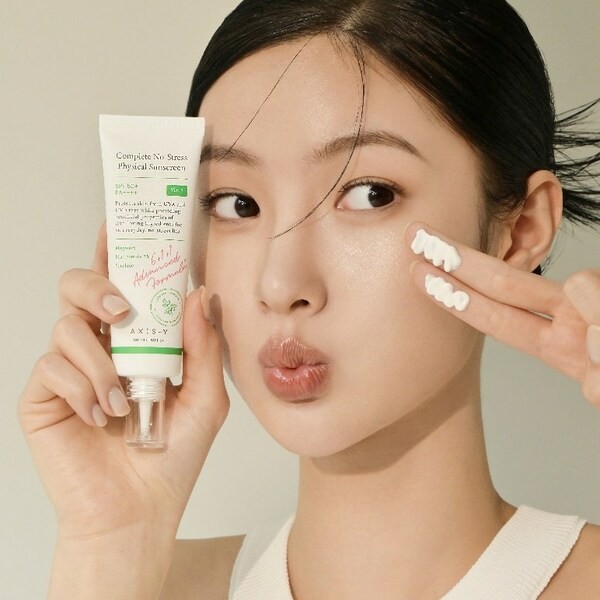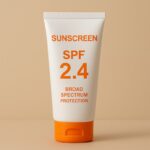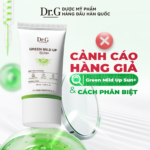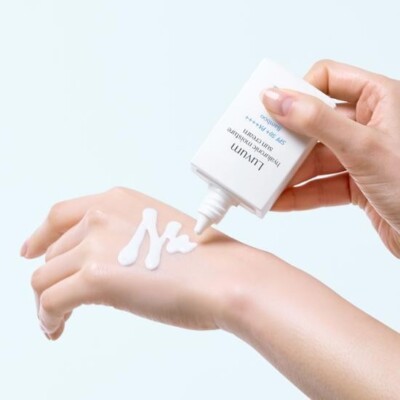
SPF, or Sun Protection Factor, is a measure of how well a sunscreen can protect your skin from the sun’s ultraviolet (UV) radiation. It indicates the ratio of UV energy required to cause sunburn on protected skin relative to unprotected skin. So, the higher the SPF value, the greater the sun protection.
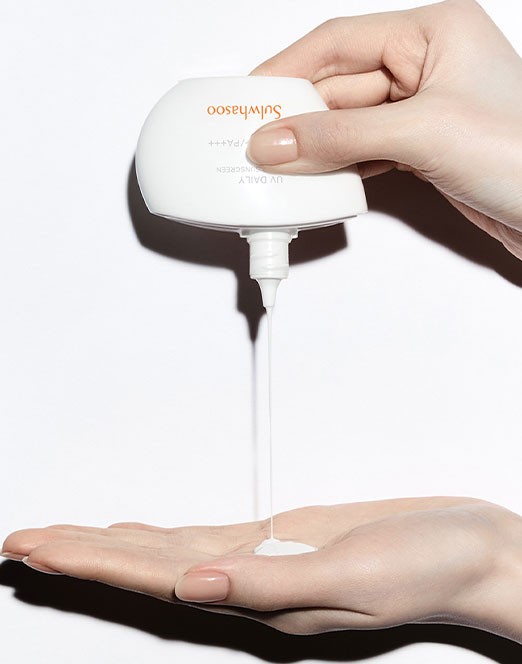
SPF values in commonly available sunscreens typically range from 30 and above. While SPF 30 is the basic recommendation for both the body and face, SPF 50 is considered the gold standard and should be your target when purchasing sunscreen products.

You may wonder why not opt for sunscreens with extremely high SPF values. While there are excellent products with SPF 70 and SPF 100, often accompanied by a hefty price tag, SPF 50 and above offer minimal additional benefits.
Effective sun protection relies not on extremely high SPF values but on consistent reapplication of sunscreen every three to four hours. Additionally, ensure you choose a broad-spectrum sunscreen that protects against both UVA and UVB rays.

Another important consideration is the amount of sunscreen required to achieve the SPF stated on the packaging. The recommended amount is two milligrams of sunscreen per square centimeter of skin. An easier way to remember this is to apply sunscreen equivalent to the length of your index and middle fingers.
